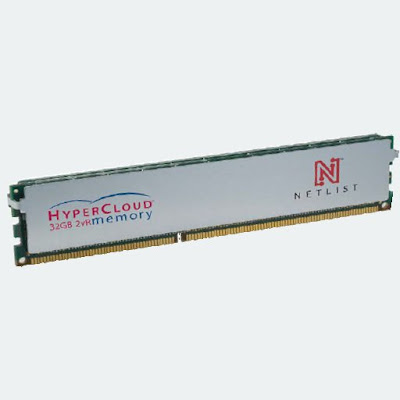Introduced just at the beginning of this week together with Intel's first Sandy Bridge-E desktop processors, the X79 chipset is expected to be compatible with the chip maker's 2012 high-performance CPUs based on the Ivy Bridge-E architecture.
This information was provided by a user from the Chinese XFastest forum, who posted what appears to be an Intel slide which details the socket compatibility of the company's X79 chipset for LGA 2011 motherboards.
According to this slide, users who buy an X79 Express powered board will still have a use for this after the release of the Ivy Bridge-E processors, which is expected to take place next year.
While the slide doesn't go into details, it does list the current Intel DX79SI motherboard, which leads us to believe that the changes between the two platforms will be kept to a minimum enabling board makers to support Ivy Bridge-E via a simple BIOS update.
Little is known at this point in time about Ivy Bridge-E processors apart from the fact that these will be built on Intel's advanced 22nm process node, and that they will presumably use the LGA 2011 socket.
The chips are also expected to bring some of the new features Intel plans to introduce in Ivy Bridge to the enthusiast space, like support for the AVX2 instruction set.
Sadly, the core count of the processors and their clock speeds are unknown, and will most probably be finalized at a later point in time.
According to the same Chinese website cited above, the first Ivy Bridge-E processors are expected to arrive in the fourth quarter of 2012.
The Intel X79 Express PCH was designed to support LGA 2011 processors and it includes native support for a pair of SATA 6Gbps ports, four SATA 3Gbps ports and also carries an additional 8 lane PCI Express controller.



 11/16/2011 11:19:00 PM
11/16/2011 11:19:00 PM
 dannzfay
dannzfay

























